How To Remove Stains When You Don't Know What They Are
Ever wonder how to remove stains when you can't even figure out when or where you got the stain, much less what it could be?
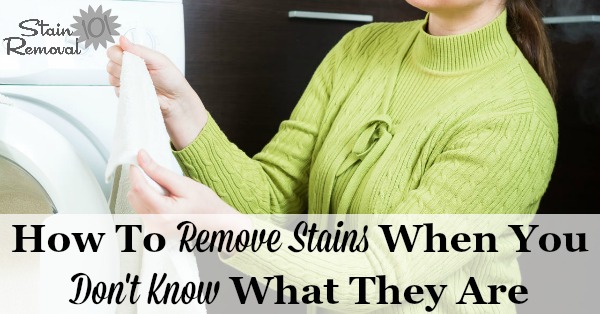
When that happens the rules for stain removal change somewhat, because typically the instructions on this site and in the A-Z Stain Removal Guide assume you know what type of substance has caused the stain. Below are some suggestions for how to treat the mystery stain for the best chance at removal, and without causing the stain to set.
How To Remove Stains From Washable Fabric And Clothing When The Stain Type Is Unknown
You do not need to perform all the steps below.
Instead, keep on trying these steps, in the order suggested, until the stain is removed, and then just wash the item as normal.
Step 1: Blot the stain with dry cleaning solvent. If this removes the stain, you are done. If not, let the item air dry before proceeding further.
Hint: You might think you would try blotting with water first, which would be the intitutive first step for how to remove stains of unknown origins, but that would not be correct. You try dry cleaning solvent first because this is what you use for most oil based stains.
You can set an oil based stain if you apply water first, so that is why we try this method first, before using any water.
On the other hand, a water-based stain will not be set by trying dry cleaning solvent, so you will not ultimately harm the fabric more by trying this step first.
(So what do you do if you've already washed the item before you check out this page? That is what happened to a reader, so you can read my advice for post wash stain removal of unknown stain here).
Step 2: Rub a waterless hand cleaner, such as Goop onto the stain. Let it sit for approximately 15 minutes, and then rinse it well. If this removes the stain, stop. If not, proceed onto the next step.
Hint: Waterless hand cleaners were first designed to help mechanics get rid of grease and oil from their hands without using water, but they also can help remove greasy stains from laundry.
Again, we are starting with the premise that it is a greasy or oily stain, so we don't accidentally set the stain using water.
Step 3: The next step in how to remove stains of unknown origin is to soak the stained item in cold (not warm or hot water) for at least half an hour.
Hint: Why can't you use warm or hot water? Well, we don't know what the stain is yet, and because of this we have to assume it could be a protein based stain.
If you apply heat to a protein based stain then you could set the stain into the fabric, so soaking with cold water prevents this from happening.
Step 4: Blot the unknown stain with a solution of 1 tablespoon white vinegar, 1 tablespoon laundry detergent, and one cup of cool water.
Many stains are removed by slightly acidic treatments, such as vinegar, along with a detergent.
Step 5: Blot the unknown stain with a solution of 1 tablespoon of ammonia, 1 tablespoon laundry detergent, and one cup of cool water.
Many other stains are removed by an alkaline treatment, such as ammonia, along with a detergent.
Hint: Thoroughly rinse out the earlier solution of vinegar and detergent before treating with the ammonia and detergent solution.
The reason for this is that vinegar is an acid, while ammonia is a base. If you apply the ammonia while the vinegar is still present in the fabric the two will just neutralize one another, thus making the ammonia ineffective in stain removal.
Second hint: Make sure to test the ammonia and detergent solution in an inconspicuous area of the fabric before using it on the stain, to make sure it is safe for your fabric.
Step 6: Blot the stain with rubbing alcohol. If this removes the stain, stop. If not, let the alcohol evaporate and the fabric air dry before proceeding to the next step.
Step 7: Soak the stain in a solution of enzymatic laundry detergent for at least thirty minutes, and then wash in the washing machine.
Hint: Make sure the stain is gone after washing, but before you place in the dryer or you may set the stain.
Step 8: Launder the item again, this time in the hottest water the fabric will allow to get remove stains, and either chlorine bleach if the fabric will allow it, or color bleach if not.
If none of these suggestions for how to remove stains of unknown origin work make sure you do not put the stained item into the dryer. Instead, let the item air dry and take it to a cleaning professional, such as a dry cleaner, to see if they can remove the stain.
Make sure you tell them all the steps you took to remove the stains so they can know what has already been done. This can impact how they choose to try to remove the stain.
How To Remove Stains Of Unknown Type From Upholstery And Carpet
If you have no idea what the stain is treating your own upholstery or carpet is a bit of a risk.
Using the wrong treatment could cause the stain to set, or make it more difficult for a professional to get rid of the stain.
Therefore, attempt the following steps at your own risk:
Step 1: Blot at the stain with dry cleaning solvent. (Here is an article on upholstery dry cleaning with additional hints and tips.)
Hint: If this does not work let the carpet or upholstery air dry, and the solvent to evaporate, before continuing on.
Step 2: Blot at the stain with a solution of two cups cool water, one tablespoon dishwashing liquid, and one tablespoon of vinegar.
Step 3: Blot at the stain with rubbing alcohol.
If this does not work to remove the stain let the alcohol evaporate and the upholstery or carpet air dry before performing the next step.
Step 4: Blot at the stain with a solution of two cups cool water, one tablespoon dishwashing liquid, and one tablespoon of ammonia.
Hint: Make sure you thoroughly rinse out the earlier solution of vinegar and detergent before treating with the ammonia and detergent solution for the same reasons as explained above in the clothing section of this article.
Second hint: Test this ammonia containing solution in an inconspicuous area first, to make sure it does not harm your upholstery or carpet before treating the stain.
Step 5: Use an eye dropper to apply a 3% solution of hydrogen peroxide to the stained area on the carpet or upholstery.
Hint: Make sure to test this in an inconspicuous area before applying to the stain, because hydrogen peroxide can remove the color from upholstery or carpet if the dye is not colorfast.
If none of these steps for how to remove stains when you can't figure out what it is work for you, it is time to call in a professional.
Get Even More Stain And Spot Removal Help Here
Are you a stain magnet like me? If so, check out the A to Z Stain Removal Guide which gives directions for how to remove over 100 types of stains from all kinds of surfaces.
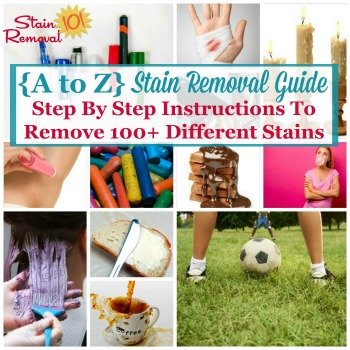
Thanks For Visiting My Website: Grab Your Free Gift!

Hi, I'm Taylor, a busy mom with 3 kids, so I have lots of hands on experience with house cleaning, laundry and my fair share of spots, spills and other messy catastrophes. Thanks for visiting my site.
I update the website all the time with tips, tutorials, cleaning recipes, reviews of products from readers like you, and tests I've done on various cleaners, removers and laundry supplies.
I'd love to give you a gift! When you subscribe to my free weekly newsletter you will receive a free printable laundry stain removal chart that you can reference as needed.
I hope you enjoy this gift, and stop by again soon!
Related Pages You May Enjoy
A-Z Stain Removal Guide - Instructions For Removing Over 100 Types Of Stains
Upholstery Spot Cleaning Tips For An Unknown Stain
Go From How To Remove Stains When You Don't Know What They Are To Home Page
CAUTION: This website is provided for informational purposes only. It is provided as is, without warranties or guarantees. Some stains and messes just won't come out, and are permanent. Further, some cleaning methods can harm your item, so if what you want to clean or launder is sentimental or expensive call a professional. See disclaimer of liability for more information.
Popular Guide Pages
Let's Stay Connected!
Get Free Email Updates
(and get a FREE printable)
Related Pages
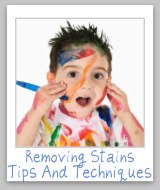 Top 10 Tips For Removing Stains
Top 10 Tips For Removing Stains
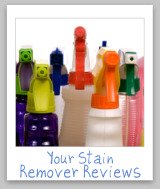 Tell Me About Your Favorite Products
Tell Me About Your Favorite Products
 Visit Household Management 101
Visit Household Management 101
 Visit Home Storage Solutions 101
Visit Home Storage Solutions 101
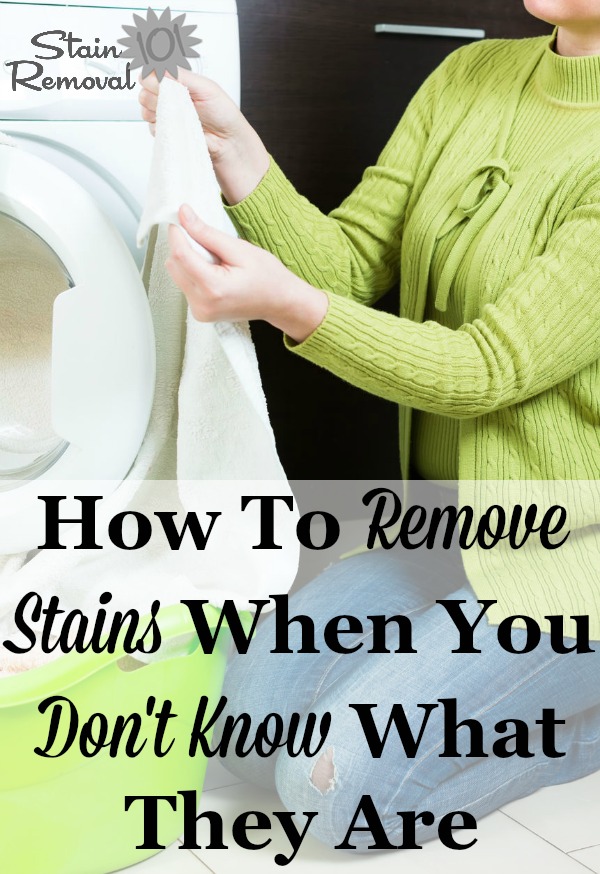


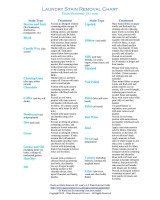

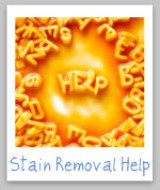
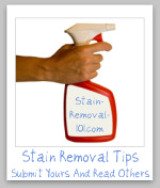

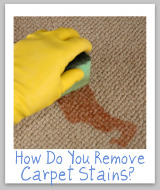
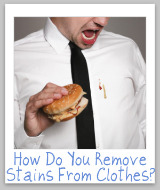
Share Your Comments, Tips & Ideas